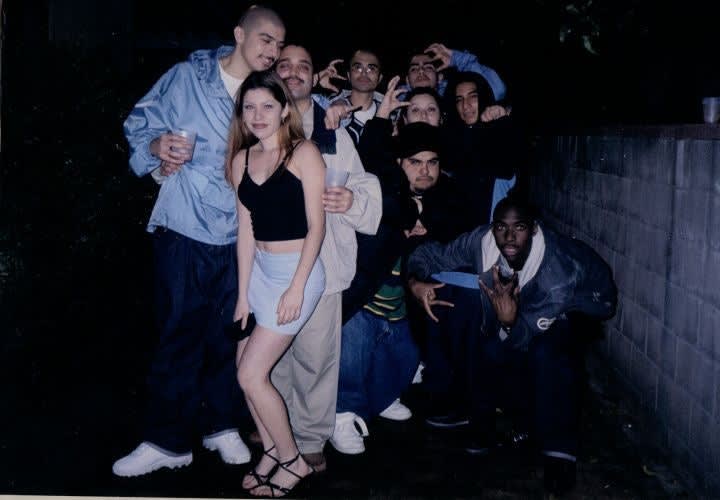In both the Latino and African American community, most of the thousands of male hard-core gang members I came into contact with had no legitimate jobs. They usually lived off their mother, wife or girlfriend's income from legitimate or illegitimate jobs, and from the woman's welfare, child support and food stamps.
In the gang culture, each male is expected to have his own source of income. Not a job, but a "hustle." Traditional and respected hustle occupations include drug dealer, car thief, burglar, robber, counterfeiter, or pimp. Gang moochers, leeches, and members who are always borrowing from "working" gang members are not appreciated. Despite the myth of gang families sharing their spoils, bad things happen to moochers.
The only accepted "welfare" income in the gang culture is when a respected member is locked up in prison and is unable to generate his own income or do his "hustle." Homeboys free at home chip in and send cash to be put on the books for these gang members.
This form of gang welfare income is often forced upon fellow Homeboys by older veteran gangsters who have themselves often experienced being without income in prison. As the years slip by, these incarcerated welfare gang members are dropped from these welfare rolls and forgotten.
Drive around the barrio or ghetto neighborhoods and you will notice that there are some businesses that are flourishing. Bars, liquor stores and convenience stores specializing in liquor are abundant in these gang neighborhoods. Many of the liquor and "mom and pop" corner stores also sell drug paraphernalia such as rolling papers, glass tubes, and small plastic dope bags. Pawn shops and small auto repair shops are also common. These businesses are used to buy and sell stolen property from burglars and auto strippers, and these neighborhoods are where people go to buy illegal drugs.












